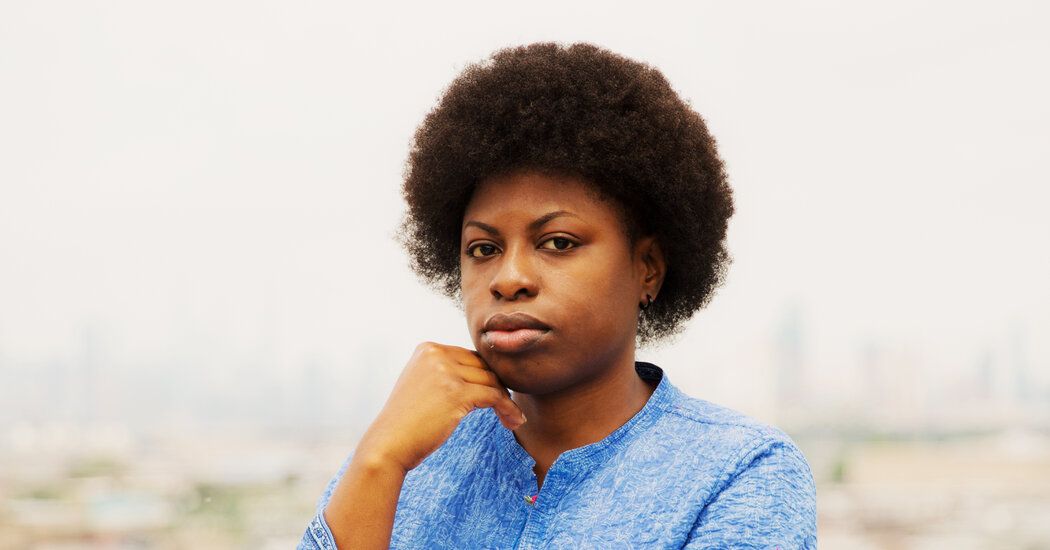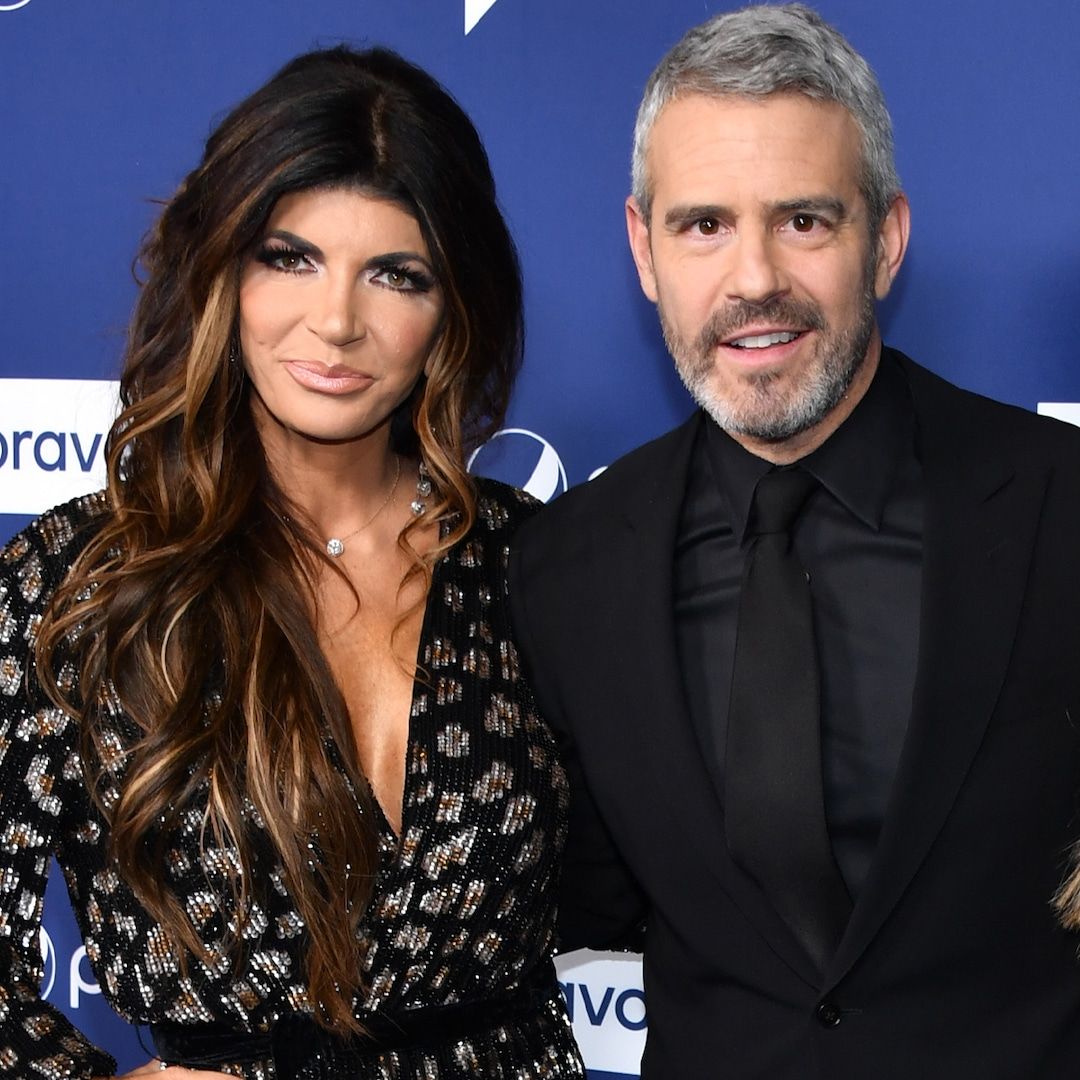The ‘Unseen’ Students in the Affirmative Action Debate
“Somewhere it switched from ‘I want to be in school’ to ‘I just want to survive,’” said Ms. Ramos, 25, who recently finished her nursing degree. To get there, she cobbled together credits from multiple colleges in New York State, and at times lived in a youth shelter and slept on the floor of a professor’s office.
At Memorial Pathway Academy, a high school for at-risk students and new immigrants in Garland, Texas, more than 80 percent of students get a job after graduation. Nationally, nearly 40 percent of high school graduates do not immediately enroll in college.
“This is the unseen group,” said Josh Tovar, the principal. “Everyone sees the kid that is No. 1 ranked with 110 G.P.A. going to M.I.T. No one sees my boy that doesn’t have parents — that lives with Grandma, that came to me at 17, with five credits, and graduates.”
Fewer than 200 selective universities are thought to practice race-conscious admissions, conferring degrees on about 10,000 to 15,000 students each year who might not otherwise have been accepted, according to a rough estimate by Sean Reardon, a sociologist at Stanford University. That represents about 2 percent of all Black, Hispanic or Native American students in four-year colleges.
The affirmative action decision could still have broader ripple effects. Some experts worry it will send a message to Black and Hispanic students that they are not wanted on college campuses, or push them to more troubled schools, like for-profit institutions. It could also lead to a rollback of groups and programs that center on race.
Source: The New York Times


